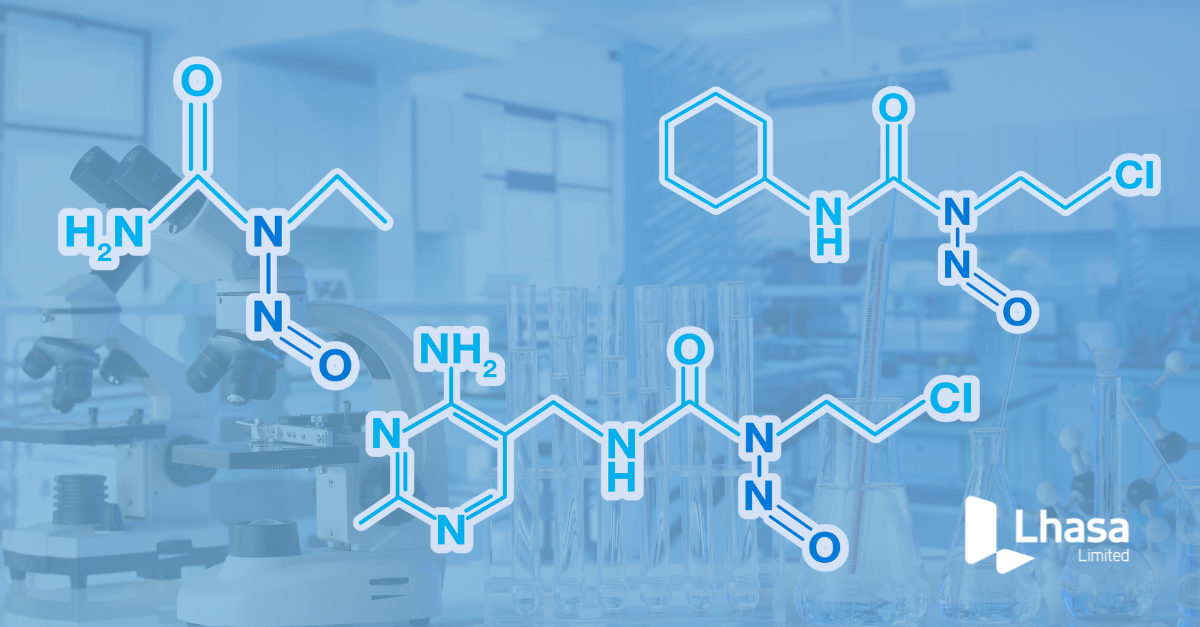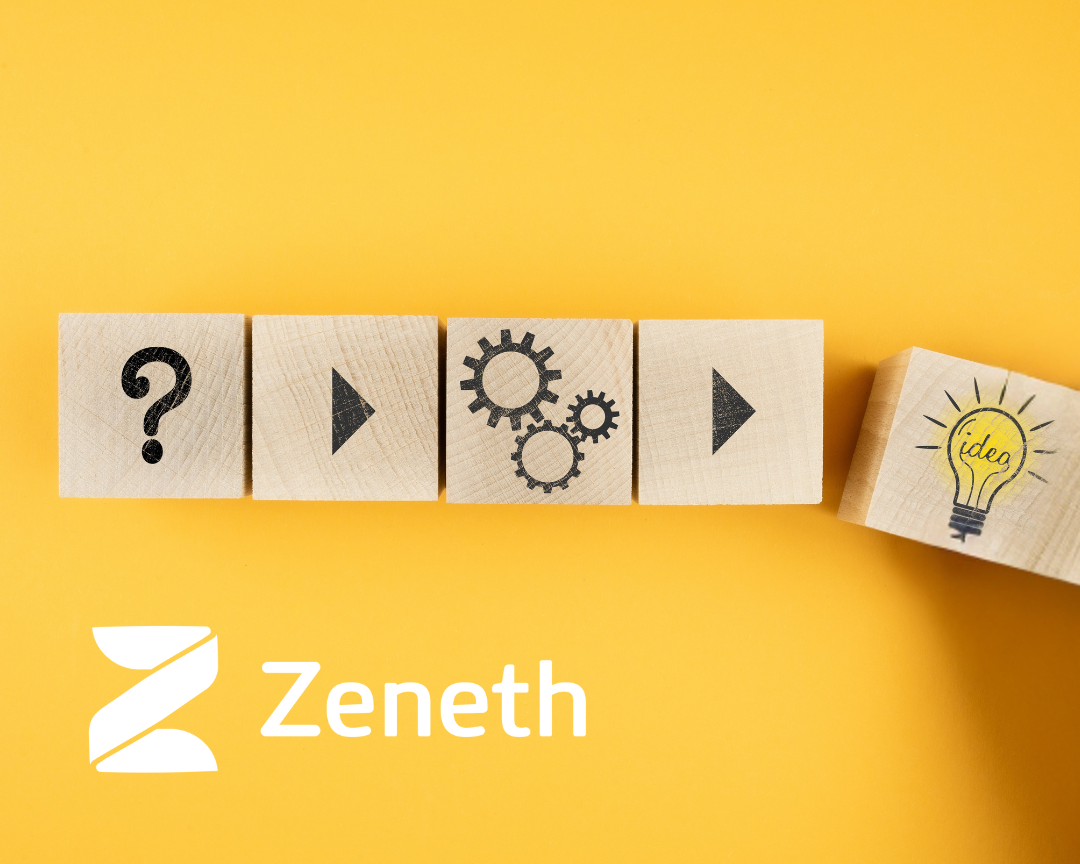With technical input from Andrew Thresher.
Would your toxicology assessments benefit from free access to long-term carcinogenicity study data? The Lhasa Carcinogenicity Database (LCDB) is a widely used, free resource of long-term carcinogenicity study data.
In this article we explore 5 things you should know about the data in the LCDB.
1. The Lhasa Carcinogenicity Database (LCDB) was founded on the now retired, Carcinogenic Potency Database (CPDB).
In 2016, we adopted the Carcinogenic Potency Database (CPDB). For many years, the CPDB, created by Lois Gold and her team, was an important source of long-term carcinogenicity study data, containing the results of 6,529 chronic, long-term animal cancer studies on 1,547 chemicals. The CPDB has not been updated since 2007. To prevent the risk of losing this valuable resource, we decided to safeguard the data by providing ongoing access through a new freely available interface; known as the Lhasa Carcinogenicity Database (LCDB).
2. The Lhasa Carcinogenicity Database (LCDB) contains 100% of the original data from the Carcinogenic Potency Database (CPDB).
The LCDB contains all of the data from the original CPDB database and has since been supplemented with additional data. In some cases, after careful validation, chemicals which were previously considered to be distinct, have now been merged into a single entry. For example, in cases where the CPDB had presented the same compound as different chemical substances based on purity or grade (e.g. chloroprene 99.6% and chloroprene >99.6% were presented as different substances), Lhasa has combined them so that the data for both is available on the same page, with the additional information about purity and grade available in the supplementary information for each study.
3. The Lhasa Carcinogenicity Database (LCDB) contains new National Toxicology Program (NTP) data
The LCDB was released in 2016 and has since been updated with additional data from the National Toxicology Program (NTP), increasing the data set to 7,745 studies covering 1,726 chemical substances. A recent update to the LCDB interface has also facilitated greater ease of access by enabling substructure and similarity-based structure queries.
4. The Lhasa Carcinogenicity Database (LCDB) displays both the Lhasa and Carcinogenic Potency Database (CPDB) TD50
As a measure of carcinogenic potency, the CPDB contained TD50 values, indicating the lifetime dose at which tumours would be observed in 50% of animals which would have remained tumour free at 0 dose. We have calculated our own TD50 values based on the same data used for the Gold TD50.The LCDB now displays both the original CPDB and additional Lhasa TD50 values. This has enabled validation of the calculation method by comparison with the original CPDB values, as well as expansion of the data set by the calculation of new TD50s from the newly added NTP data. Read about the generation of TD50 values for carcinogenic study data in this Toxicology Research journal article.
5. Data in the Lhasa Carcinogenicity Database (LCDB) is freely accessible.
The LCDB is an entirely free resource for all users! We will continue to maintain the database to ensure its continued availability. With no need to install the LCDB, all of the data within the database can be easily accessed online at any time.
Access the LCDB database now!
If you are interested in learning more about the Lhasa Carcinogenicity Database or any of our other solutions that can support your toxicology assessments, please get in touch with us.
Last Updated on January 25, 2024 by lhasalimited



